Flex those design skills!
Author: Dyllon Peiris - Senior Interior Designer
Whilst we are all well and truly over discussing COVID, lockdowns, and the "new normal", we can all agree that it has had a tremendous impact on our workplaces, work/life balance, and how we perceive the physical office space.
Whether you're an advocate for Activity Based Working, or a stickler for being in the office from 9am to 5pm with Dolly, Jane and Lily; our perception of heading into the office has certainly changed. We now fill each other's team chats with GIFs to express our emotional range rather than venting to our colleagues. We balance laptops on books to maintain some sort of ergonomic standards, and on the rare occasion that we are allowed into the office (Melbournians) we fill our day with meetings, huddles, and team lunches to make the most of the time we do have together.
Designing around these parameters is tricky. Designers themselves are navigating through this journey with their clients, evaluating what this new hybrid workplace physically looks like. That said, creative thinkers have always excelled at one thing in particular; flexibility.

Most great designers are not maestros who simply design to one style, pallete, or geometry. They listen, adapt, and pay attention to the evolution of design, and how it is impacted by the physical, emotional, and environmental factors that surround us.
Over the past 18 months, we have seen an increase in the social aspects of design and an increase in collaborative spaces for all businesses, not just those who proclaim to have the on-trend "Google Office." With the reduced number of staff permanently in the office, we now have the space to create zones that aren’t just about hot-desking and a place to plug in your laptop, but they are spaces centered around social activity to promote dialogue and collaboration.
Let's face it, we're all comfortable in our own surroundings and there is something nice about being in a meeting in your PJ, but we must all aspire to be grown-ups once again and aspire to a life beyond the confines of our homes. Creating a dynamic and socially aware workplace is fundamental in reviving the modern workplace, a lure if you will, to entice staff back into the office, and make them feel engaged, stimulated, and comfortable.
As much as we are seeing an increase in social spaces there is an equally vital requirement for quiet zones and focus zones. Whilst many of us are social creatures and cherish the few days we get to interact with our teams, many of us also cherish the peace and quiet, and focus we have when we are on our own.

Aesthetically, we want to create a space that is welcoming and dynamic without being over the top and jarring. A place where we can interact socially and collaborate when we are gathered whilst providing spaces that are more subdued and peaceful with the right acoustic and visual barriers to separate these zones.
Lighting plays a big part in this. An over lit office can be quite confronting once you're used to natural light or softer ambient lighting. Colour and texture provide depth, layering, and vibrance to any space, but these elements are critical to a well-balanced work environment, and it's a workplace designers plight when every spec fitout comes with white walls, grey carpet tiles, and grid and tile ceilings. Planting, furniture, feature carpets, and even joinery are all a big help to lift a space and are carefully considered to ensure we have the right balance of elements without it being overkill.
Working with our clients, our challenge will always be to get the job done well, get it done on time and on budget. Beyond this our aspiration is to use all the tools at our disposal within the Amicus family to really focus on designing better spaces. Designing the kinds of spaces that inspire us and our clients and designing the kinds of spaces that make you want to come into the office.

/Cap%20Stats/amicus-company-profile-blog.jpg)
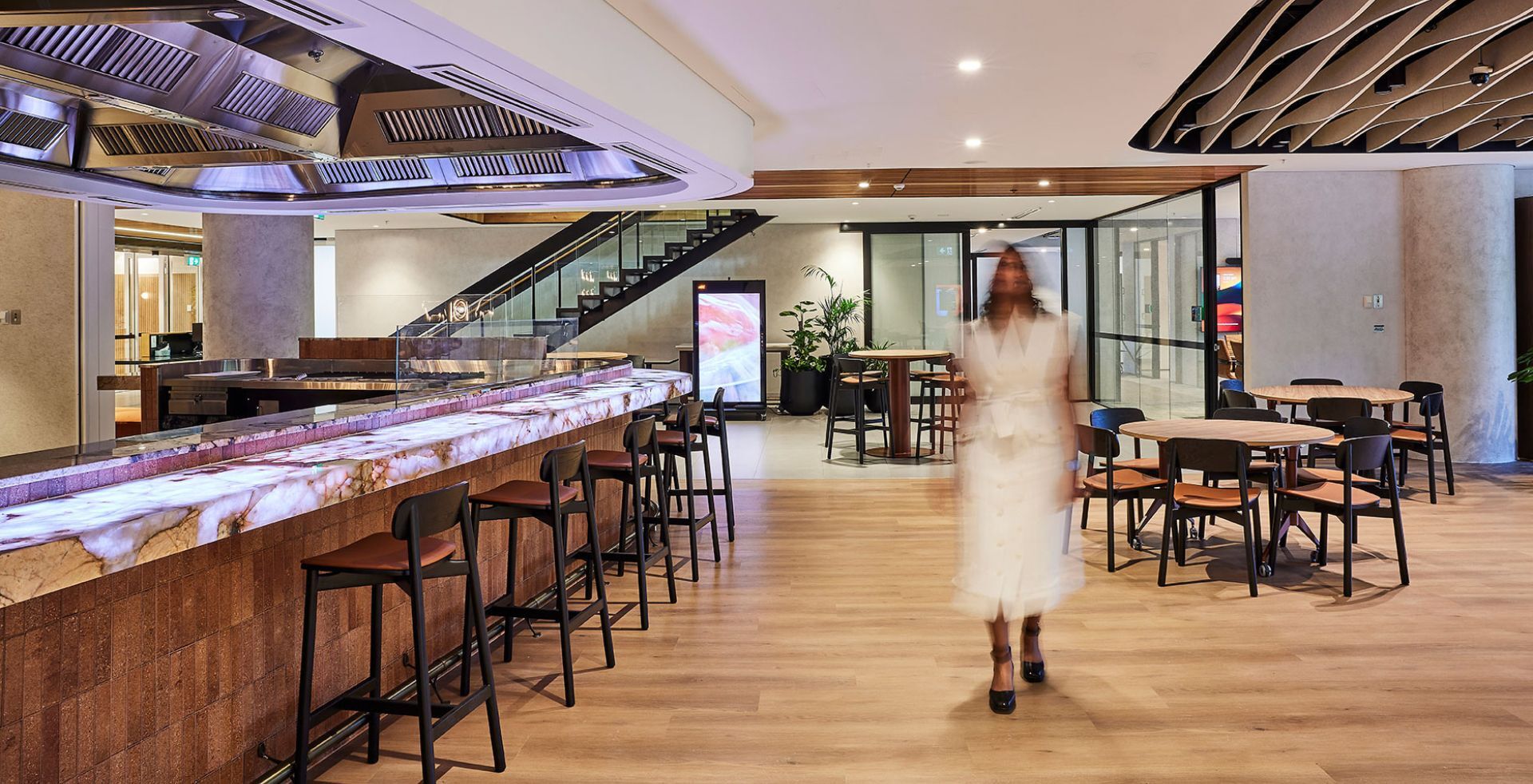
-2.jpg)
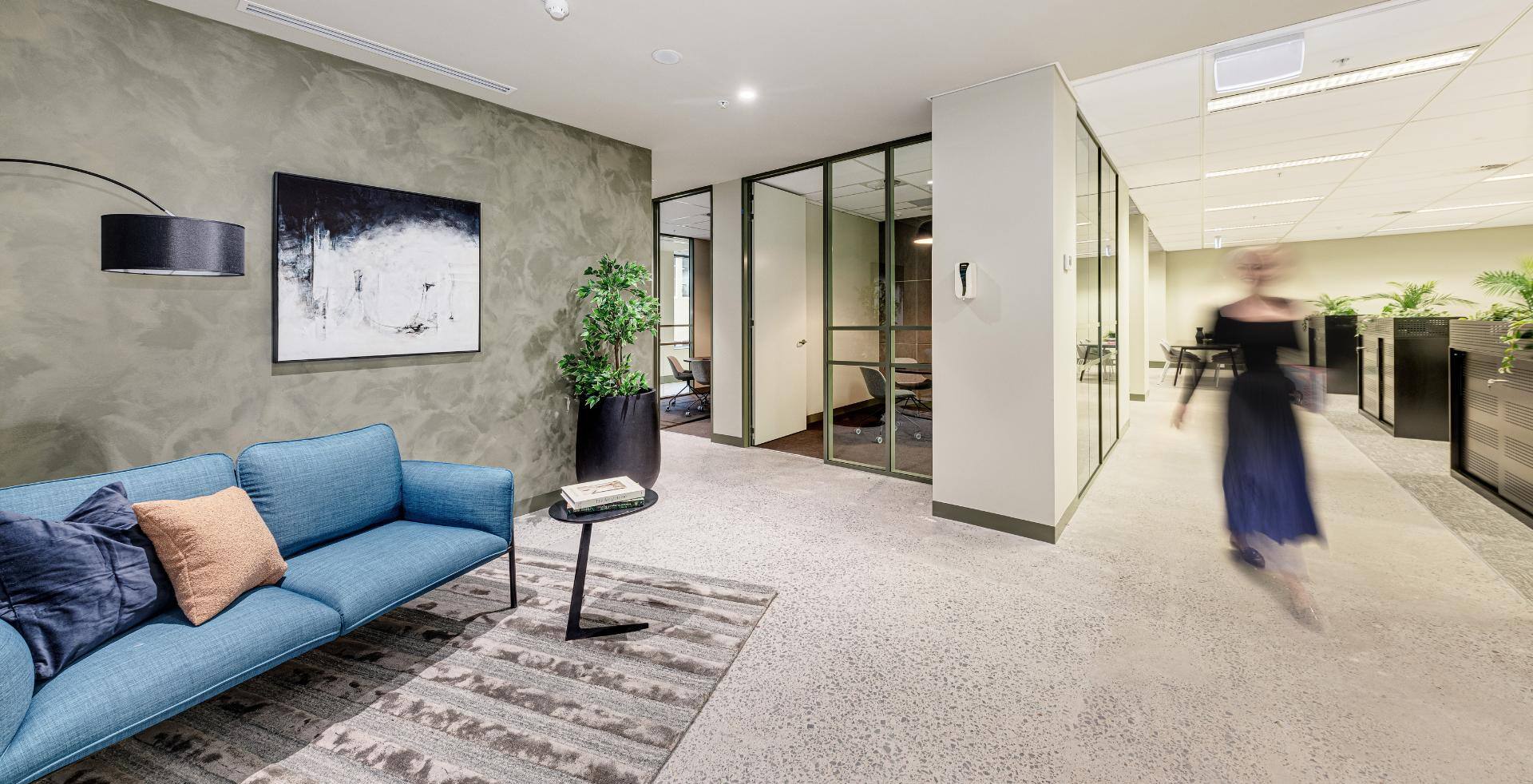
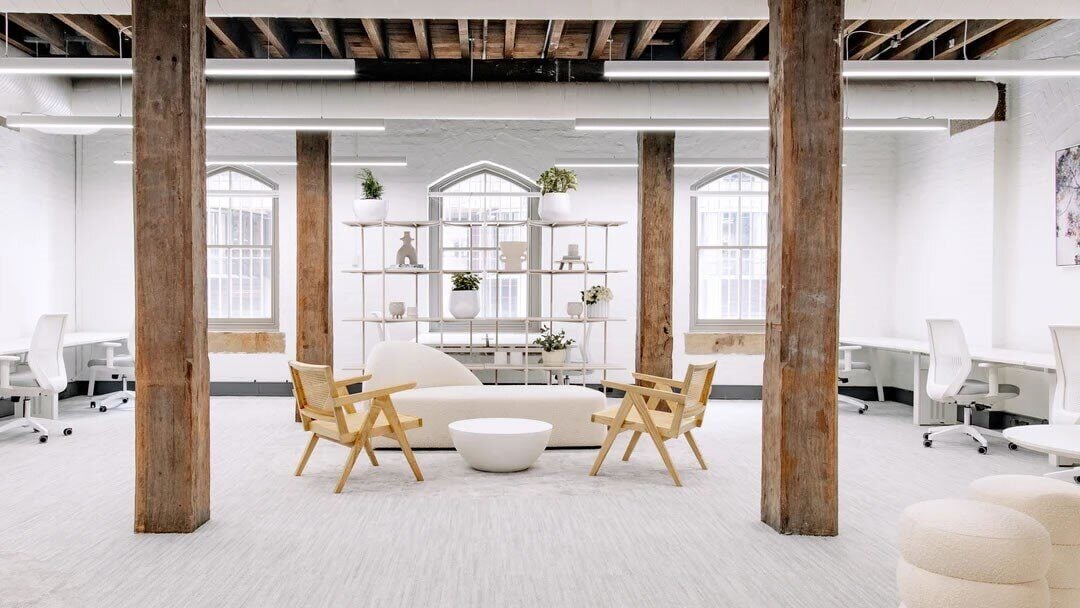
-2.png)
-2.png)
-2.png)
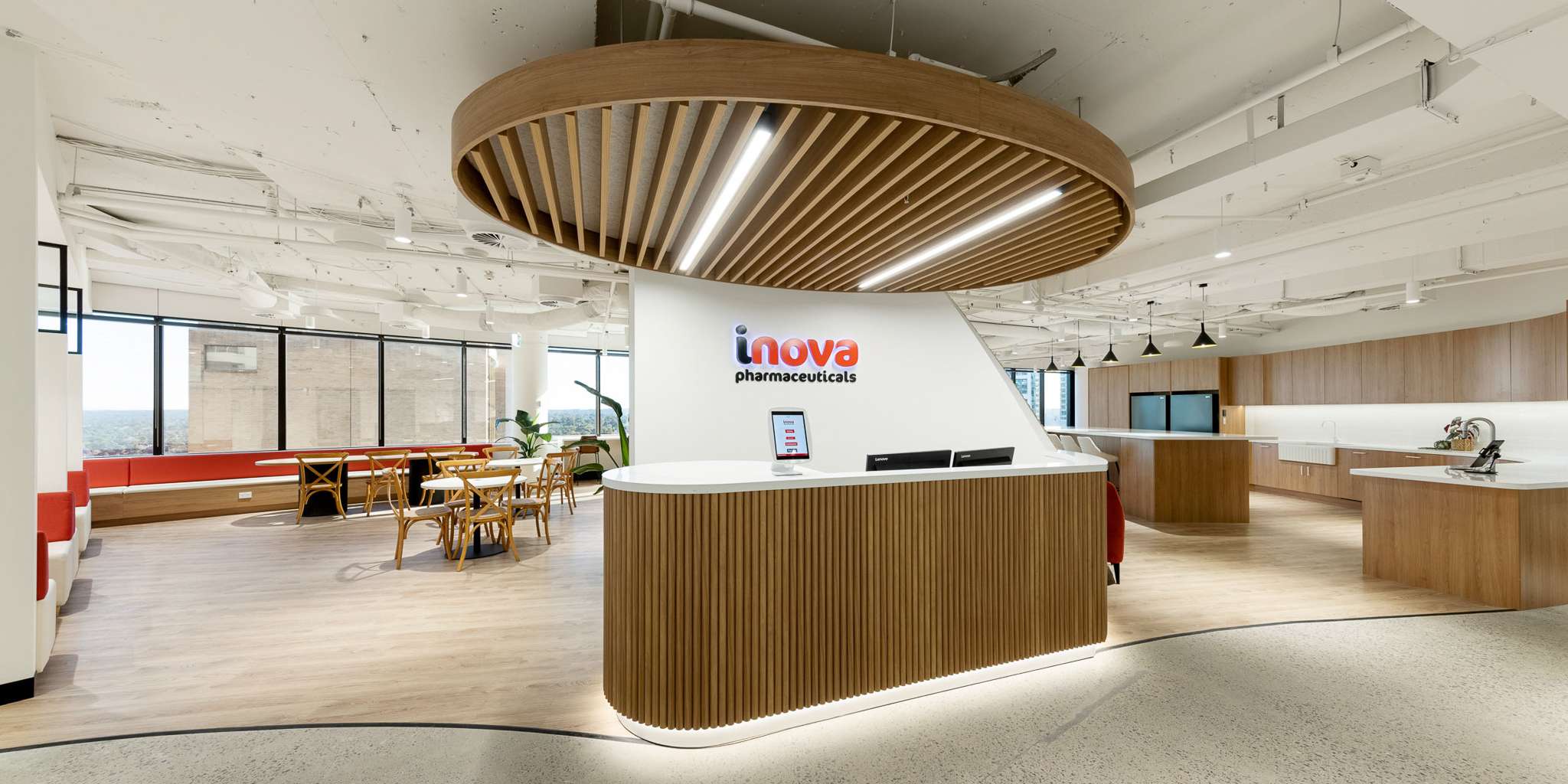
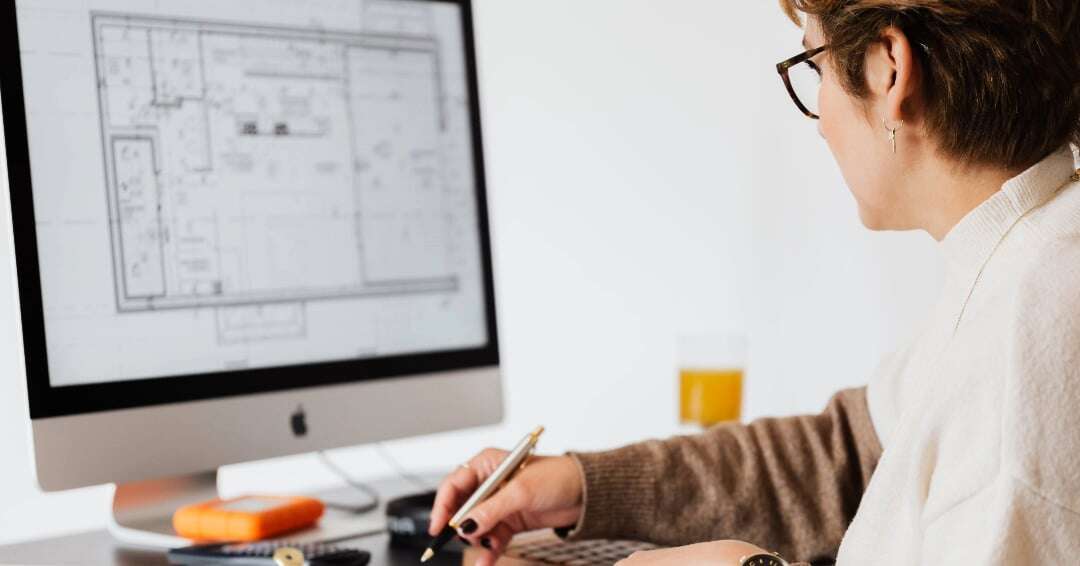
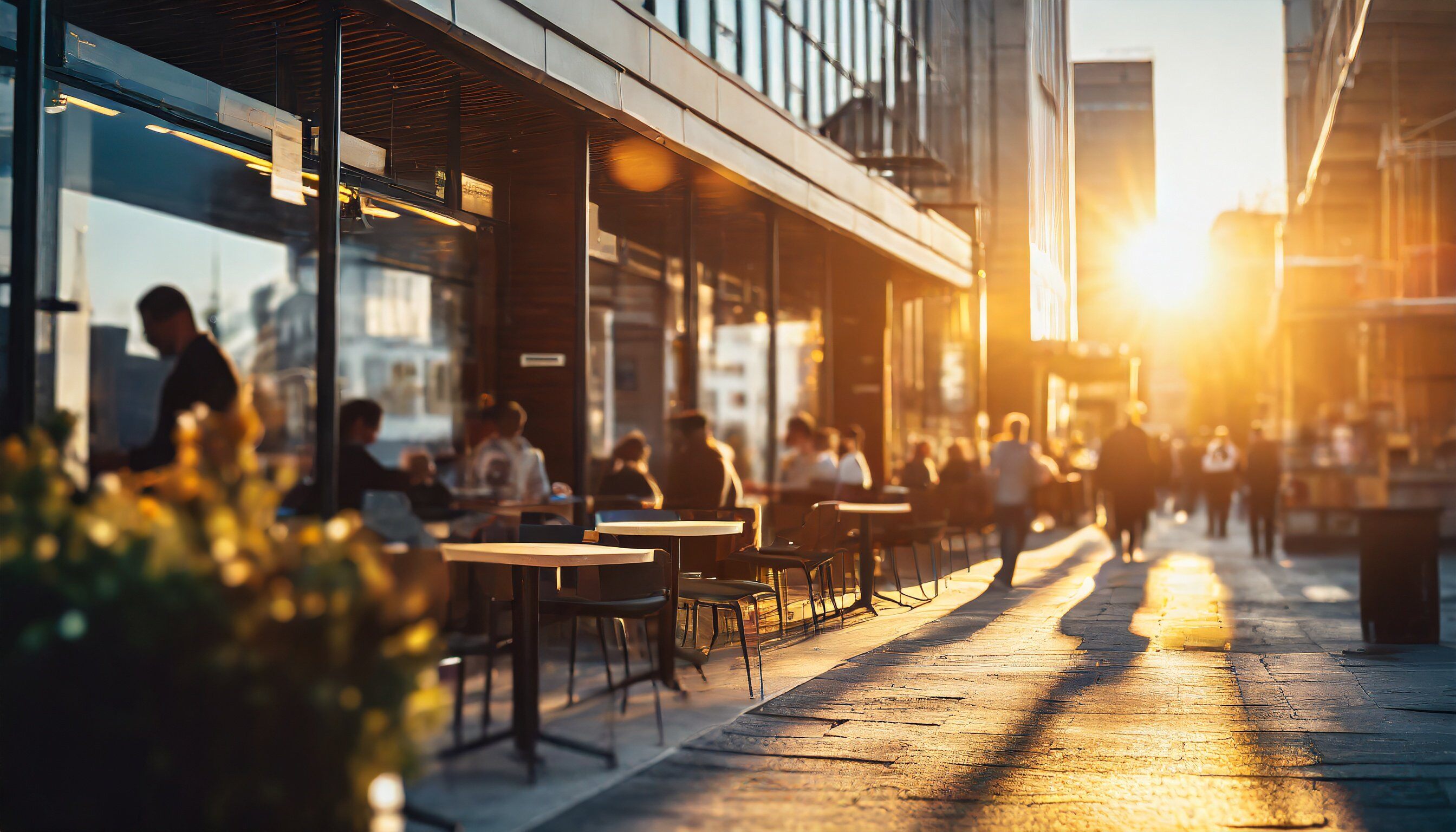
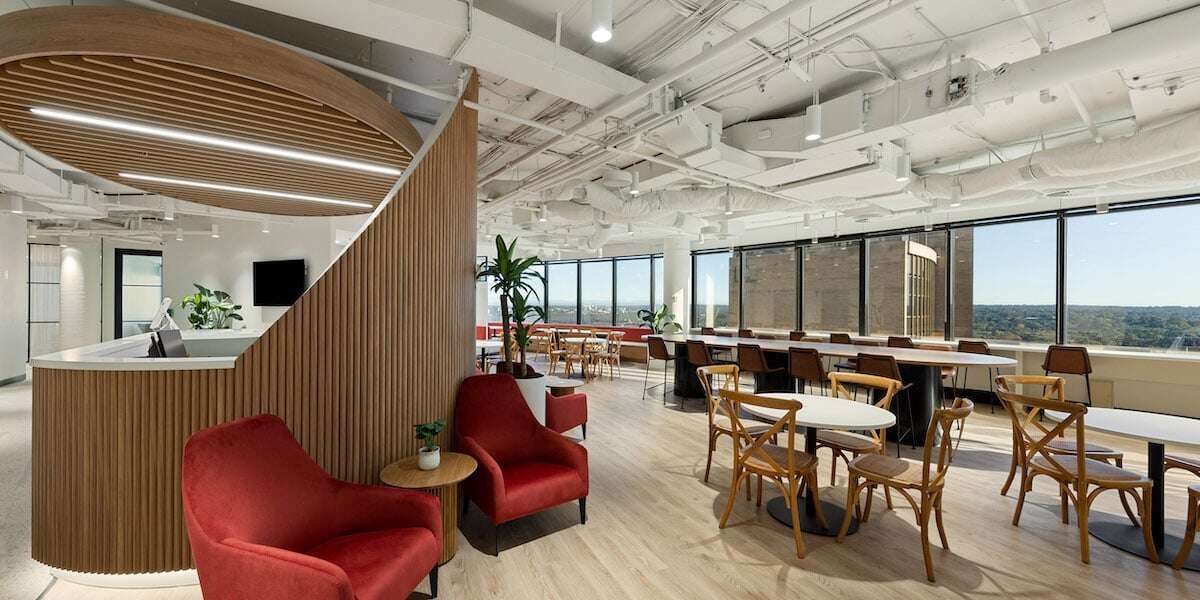
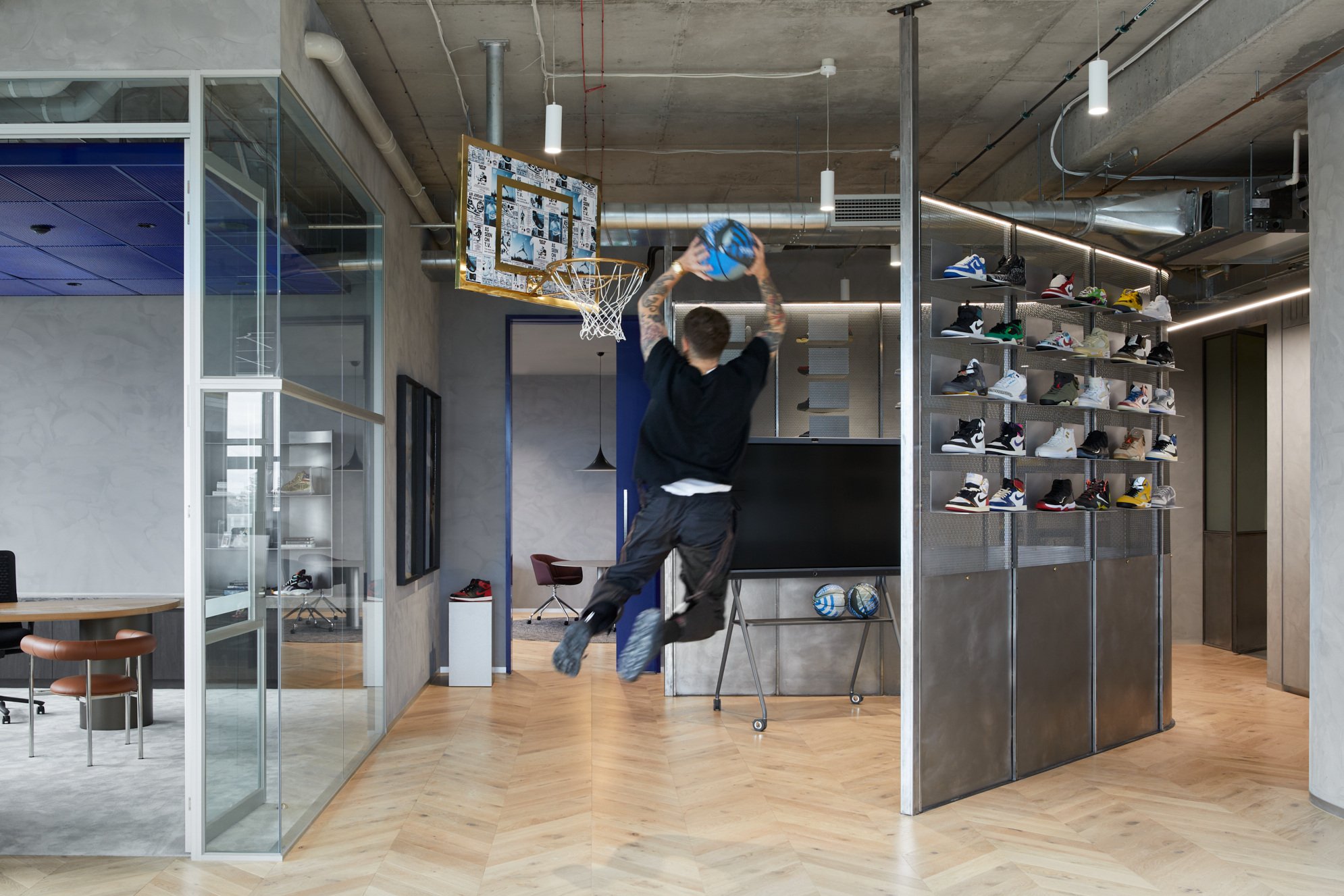
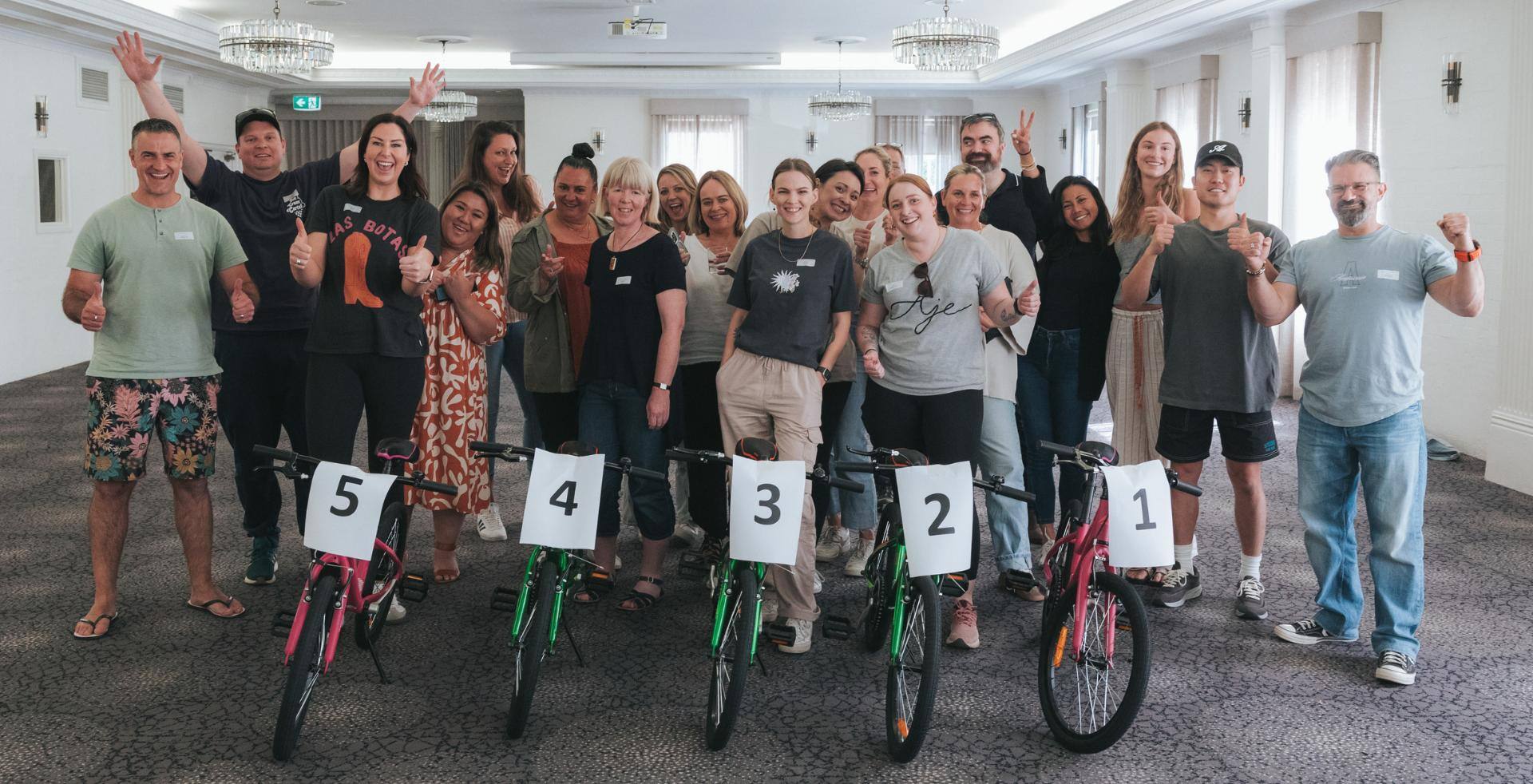
-2.jpg)
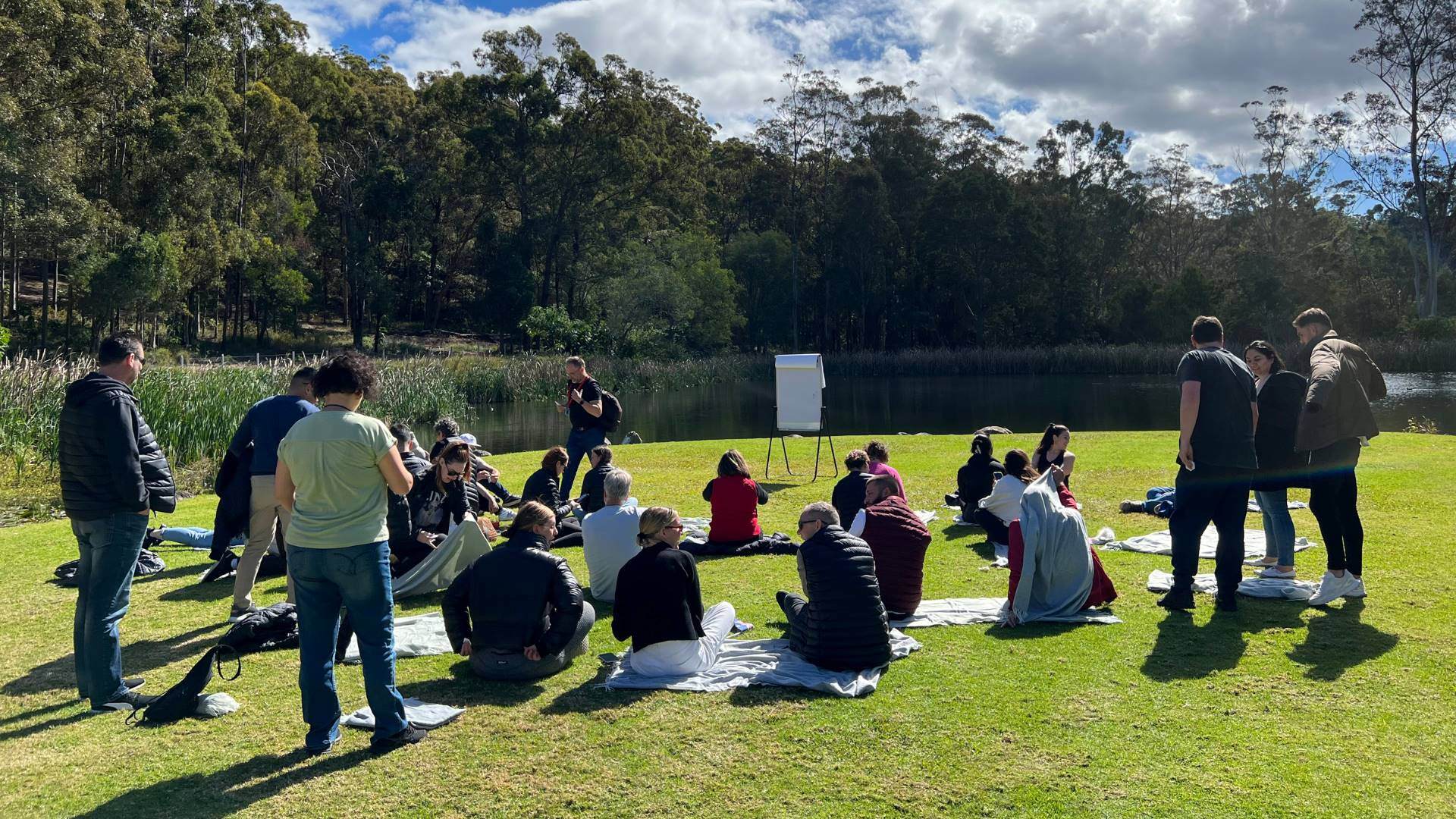
/Sectors/Office/contact-amicus.jpg)